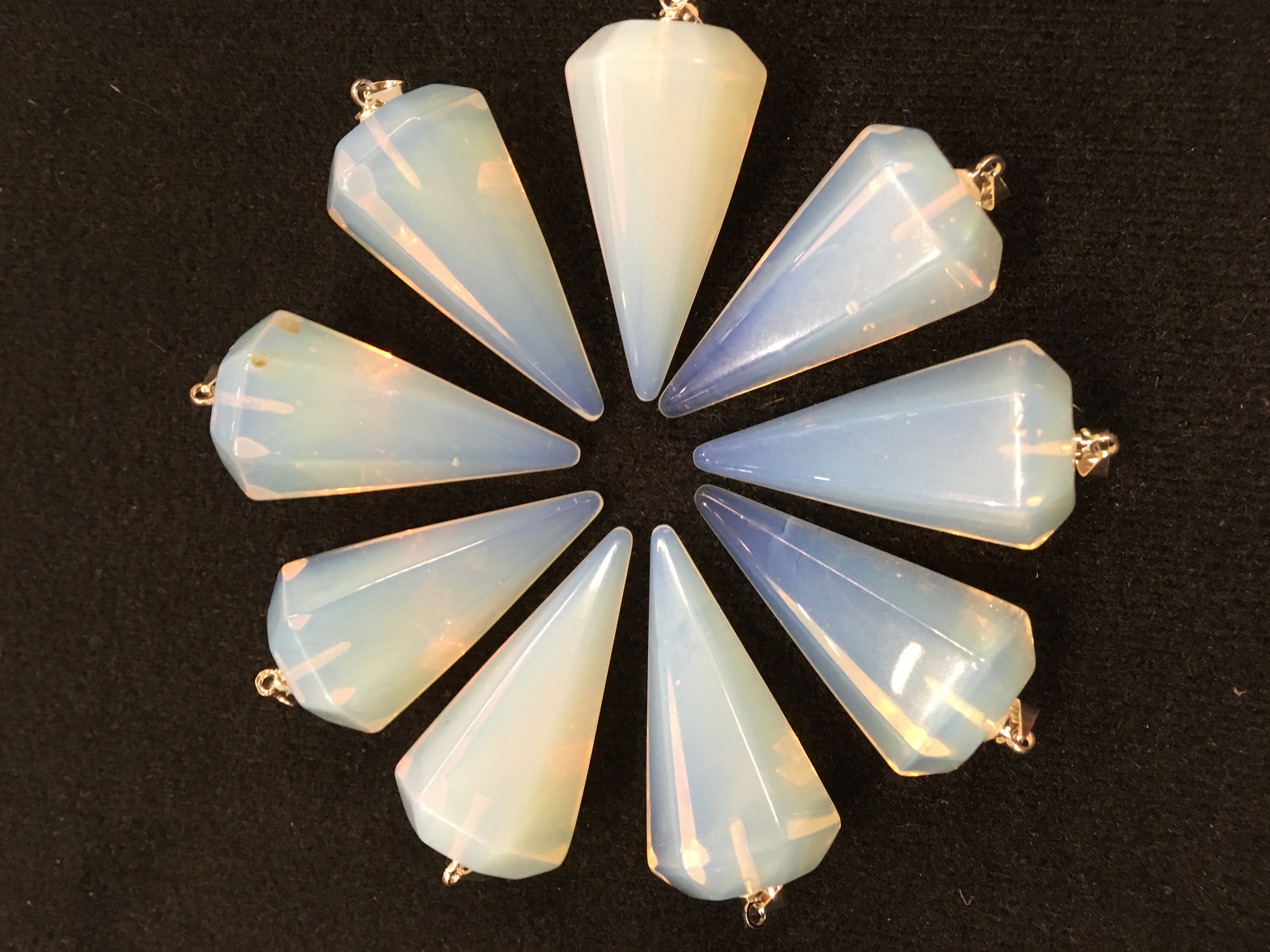- Aum shanti book & crystals

- May 23, 2022

What is Candle Magic?
Candles have been incorporated into sacred spaces and customs across many cultures and time periods. Candle magic is a versatile practice that can make a great addition to your spiritual work; the main ingredients are your own intentions and candles that correspond to them in color--more on that later--but this practice can be enhanced or potentiated with herbs, oils, sigils, and crystals. Candle magic is so potent because it gives you a way to combine the elements of color and fire.
Candles can also be a wonderful tool for meditation, as the flickering flame provides a focal point. You can also watch the candle burn and interpret the shapes that the flame takes and melting wax forms to receive insight into a situation and tap into the divine.

What Do Candle Colors Mean?
In magic, nothing is more powerful than your own interpretations and associations, but you can use this as a guide to help you get started. For your spell, pick the color that fits the most with your intention, keeping in mind the overlapping meanings. You can also combine multiple candles for a more nuanced or complex spell. The colors are there to help you fine-tune your intention and concentrate your energy and willpower.
Red: Personal power, energy, physical strength and stamina, passion, bravery, grounding.
Orange: Vitality, problem-solving, creativity, adaptability, joy, success, positivity, change.
Yellow: Focus, concentration, logic, communication, confidence, intellect, charisma.
Green: Abundance, money, new beginnings, nature, harmony, healing, affection, luck.
Blue: Meditation, calmness, kindness, wisdom, protection, sleep, peace, communication.
Purple: Psychic abilities, intuition, divination, expansion of consciousness, dream work, recognition.
Pink: Love, devotion, affection, sensitivity, joy, pleasure, selflessness, trust, reconciliation.
White: Unity, harmony, purity, protection, balance, friendship, peace. Can replace any color in a spell.
Black: Removing negative energy or curses, stopping bad habits, resilience, self-control, forgiveness.
Brown: Grounding, travel, longevity, comfort, decision-making, animal magic, centering.
Gold: Power, prosperity, confidence, success, manifesting, enlightenment, universal wisdom.
Silver: Intuition, balance, awareness, communication with ancestors, astral travel, dream work.
How to Do a Candle Spell?
1. The first thing to do is set an intention. Focus deeply on what it is that you want to manifest. It helps to phrase your intention simply, clearly, and in the present tense. Writing it down or creating a sigil relating to your intention brings your desire from the mental world to the physical one.
2. Pick a place to set up your ritual. You want it to be somewhere you can burn a candle for a prolonged period of time and keep an eye on it.
3. Use sound or herbs to clear your space; anything that fits with your beliefs and helps you get ready to work some magic. Call upon your deities, spirit guides, ancestors, the universe, or your own higher self; whoever helps you with your spiritual practice.
4. Dress your candle with appropriate herbs and oils. For example, a spell to enhance psychic ability could use a purple candle dressed with mugwort, or a spell for abundance could involve a green candle dressed with cinnamon. You can also surround your candle with crystals or carve a sigil into it.
5. Dim the lights to make the candle’s flame the focal point. This step is optional, but having the right ambiance can fine-tune your willpower to an even greater degree.
6. Meditate on your intention to really solidify it in your mind. Say it out loud.
7. Light the candle. Watch the candle burn for a while. You can continue to meditate on your intention or chant, if it feels right. Pay attention to how the flame behaves, how quickly the candle burns, the shapes the wax creates. Interpret these signs intuitively.
8. When you are ready, say thank you and close out your spell. Some people prefer to let their candle burn until it’s gone. If your candle is too large, snuff out the candle by placing something fireproof over it, rather than blowing it out. You can always re-light it with the same intention at a later time, or cleanse it and use it for another spell.
9. Be patient as you wait for results. Sometimes the universe takes time.

You can adapt this spell template to suit your practice and truly make it your own. Whether you create an elaborate ceremony or simply keep a candle burning to remind you of your goals, there is a level of candle magic for every sort of practitioner.





